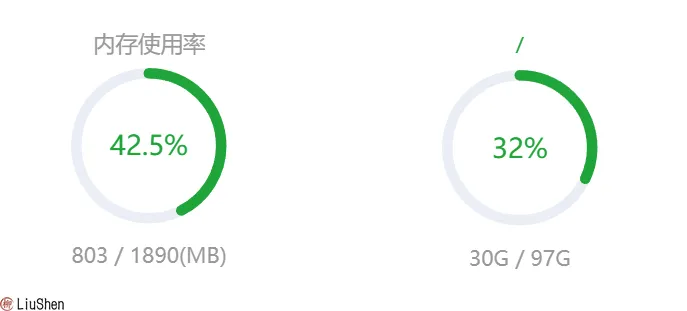LinXunFeng
作者相关精选
解决Xcode9 Swift4下Cocoapods编译Swift第三方时报错
前往小程序,Get更优阅读体验!
立即前往
解决Xcode9 Swift4下Cocoapods编译Swift第三方时报错
LinXunFeng
发布于 2018-06-29 07:42:00
发布于 2018-06-29 07:42:00
99200
代码可运行
举报
运行总次数:0
代码可运行
关联问题
换一批
随着Xcode9 Swift4 的到来,一些小问题也接踵而至。许多优秀的Swift第三方框架还未来得及迎接Swift4的到来,它们还停留在swift3.x的状态,这个时候新建一个项目,使用cocoapods写上需要使用的第三方,一编译就是满屏红,如下图。

报错
所幸,苹果每次升级Xcode都会保留上个版本的swift,以防暴乱?~~
有两种解决方案 其本质都是控制编译时所使用的Swift版本
第一种:Xcode
Pods -> Targets -> SnapKit -> Build Settings -> Swift language version option 选择 Swift 3.2。不推荐使用该方法,一个个点效率有些低~~

Pods
第二种:使用Cocoapods控制
打开Podfile文件,添加并按需要修改下方代码来指定哪些第三方的Swift编译版本,接着来一次
代码语言:javascript
代码运行次数:0
运行
AI代码解释
复制
pod install最后再来一下编译就搞定了
代码语言:javascript
代码运行次数:0
运行
AI代码解释
复制
post_install do |installer|
# 需要指定编译版本的第三方的名称
myTargets = ['ObjectMapper', 'SnapKit']
installer.pods_project.targets.each do |target|
if myTargets.include? target.name
target.build_configurations.each do |config|
config.build_settings['SWIFT_VERSION'] = '3.2'
end
end
end
end位置如图所示

Cocoapods
本文参与 腾讯云自媒体同步曝光计划,分享自作者个人站点/博客。
原始发表:2017.09.22 ,如有侵权请联系 cloudcommunity@tencent.com 删除
评论
登录后参与评论
暂无评论
登录 后参与评论
推荐阅读
推荐阅读
html在线编辑器源代码_html编程
8.7K0
几个超火的在线编程网站,别错过!
3.3K0
几个今年超火的编程网站!
1K0
支持分享的在线代码编辑器推荐
4.6K0
在线运行web前端的网站收集
2.9K0
常见的多种在线代码编辑器[通俗易懂]
2.6K0
网页开发的6种在线调试环境
2.2K0
Web 开发常备工具
1.4K0
分享一些程序员必备网站
1.6K0
相关推荐
推荐14个牛逼的代码编辑网站,记得收藏哦!
更多 >领券
腾讯云开发者

扫码关注腾讯云开发者
领取腾讯云代金券
Copyright © 2013 - 2025 Tencent Cloud. All Rights Reserved. 腾讯云 版权所有
深圳市腾讯计算机系统有限公司 ICP备案/许可证号:粤B2-20090059 深公网安备号 44030502008569
腾讯云计算(北京)有限责任公司 京ICP证150476号 | 京ICP备11018762号 | 京公网安备号11010802020287
Copyright © 2013 - 2025 Tencent Cloud.
All Rights Reserved. 腾讯云 版权所有
登录 后参与评论
3






![常见的多种在线代码编辑器[通俗易懂]](https://ask.qcloudimg.com/http-save/yehe-8223537/373a45a892e7fac1ab45625002c8c6b0.jpg)






